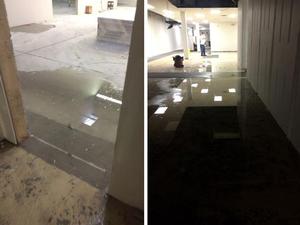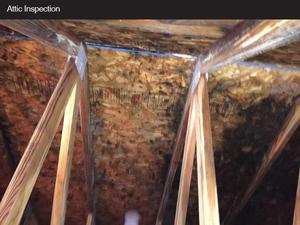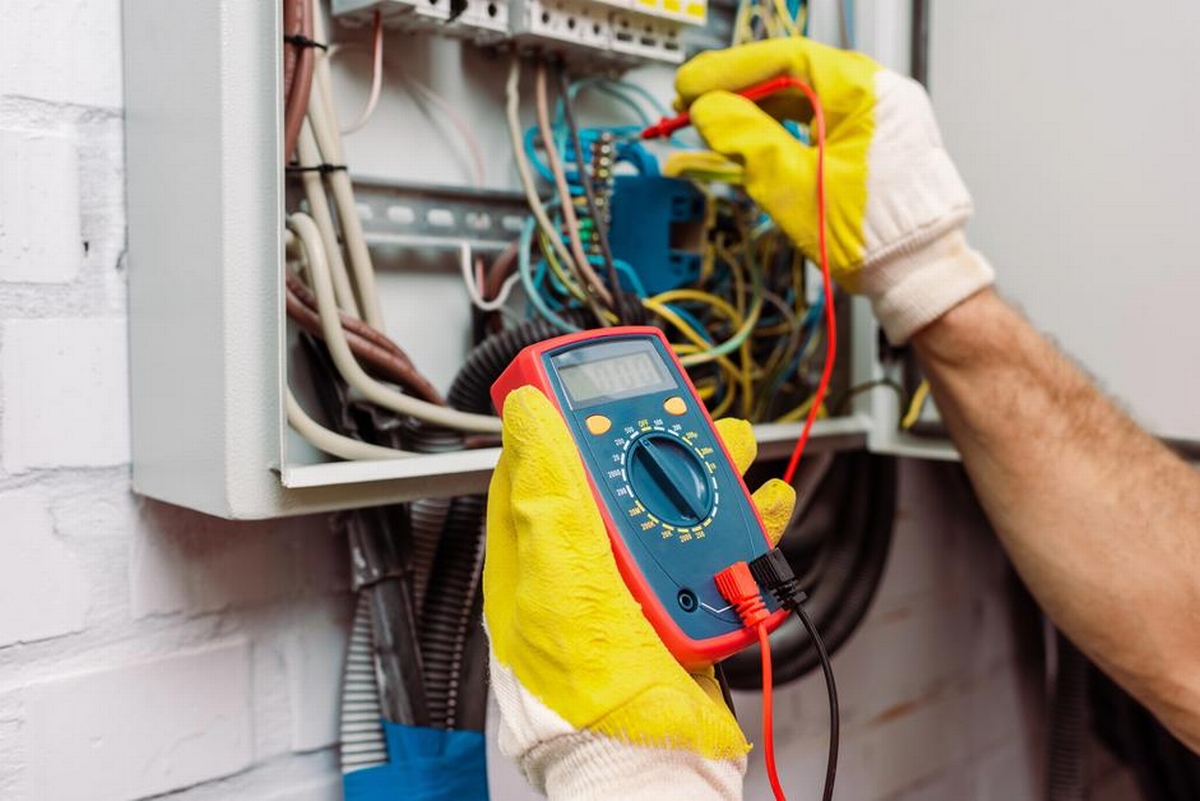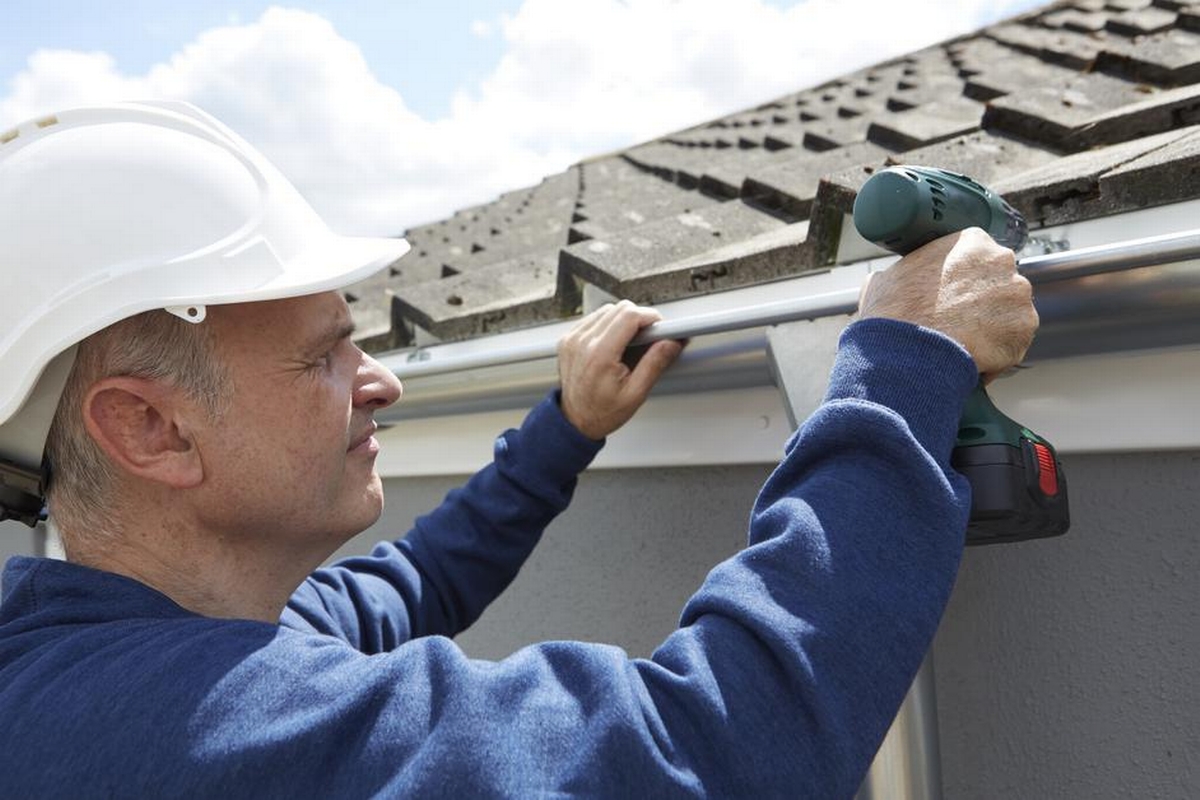Can Wet Sheetrock Be Salvaged And Restored After Water Damage?
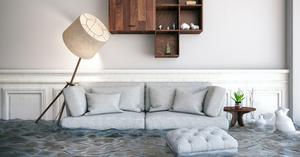
As a homeowner (or renter) you are likely to face water-damaged drywall at some point in the future. In this unfortunate circumstance, you need to quickly identify the cause and eliminate additional water. More often than not, the water comes pouring through your rooms, ruining the carpet or wood floors. And just as common, seeping beneath the walls, getting into the interior drywall. After you solve the initial emergency, you'll want to know how extensive the damage is.
Many terms are used in the industry: drywall, plasterboard, wallboard, or gypsum board. While drywall is pretty sturdy, when it's exposed to water for too long it can get damaged. It may lose its structural integrity, becoming soft and weak.
There are three categories of water based on the level of contamination:
- Category 1: Water that escapes from a clean and sanitary source such as faucets, toilet tanks, drinking fountains, etc. Carpeting, personal belongings, and other soft goods can usually be professionally dried and restored.
- Category 2 (grey water): Water contaminated with chemical, physical, or biological elements. Sources include dishwasher or washing machine overflows; additional cleaning and decontamination steps are required to prevent illness.
- Category 3 water (black water): Unsanitary water due to significant pathogens present;. Category 3 water includes sewer backups, flooding from rivers or streams, toilet overflows, or stagnant liquid that has begun to foster bacterial growth.
Proper remediation will be required, based on the category.
Mold, microorganisms, and toxins from waste materials can result in a range of allergic reactions, and extended exposure can even lead to more serious respiratory problems, including infections and difficulty breathing. More often than not, the water-damaged drywall is going to have to be replaced. Wet drywall will lose its structural integrity and, if left alone for long enough, will develop mold spores between the insulation and the drywall.
Wet walls and insulation will hold moisture for a long time. This means that mold clusters can form inside the wall.
Watch Out For Mold
Few health concerns in your home are as concerning as mold exposure. The excess water that builds up inside of your interior walls damages not only the drywall. The water soaks into the 2×4 studs, wets any internal wiring, soaks into the insulation, and seeps into the drywall.
Between all of those interior wall components, mold spores will take hold and begin to flourish. When this happens, the mold will spread to the various ventilation points in the home. The spores then become airborne throughout your home, causing serious issues for anyone who has allergies.
The porous nature of moist drywall makes it an excellent environment for mold growth. If the drywall is still structurally sound but has been infested with mold, you need to kill the mold with antimicrobial agents. On-Site Specialty Cleaning + Restoration has best-in-class products and procedures for controlling mold. Have moldy materials removed by a trained professional; improper removal can spread it throughout the entire home. This could lead to additional cleaning.
Water Damage Restoration In Troy
On-Site Specialty Cleaning + Restoration has helped homeowners recover and restore after a devastating fire, flood, smoke & odor damage. When your home suffers from water damage, deploy the experts. On-Site Specialty Cleaning + Restoration will respond to your service call at your facility for any emergency.
